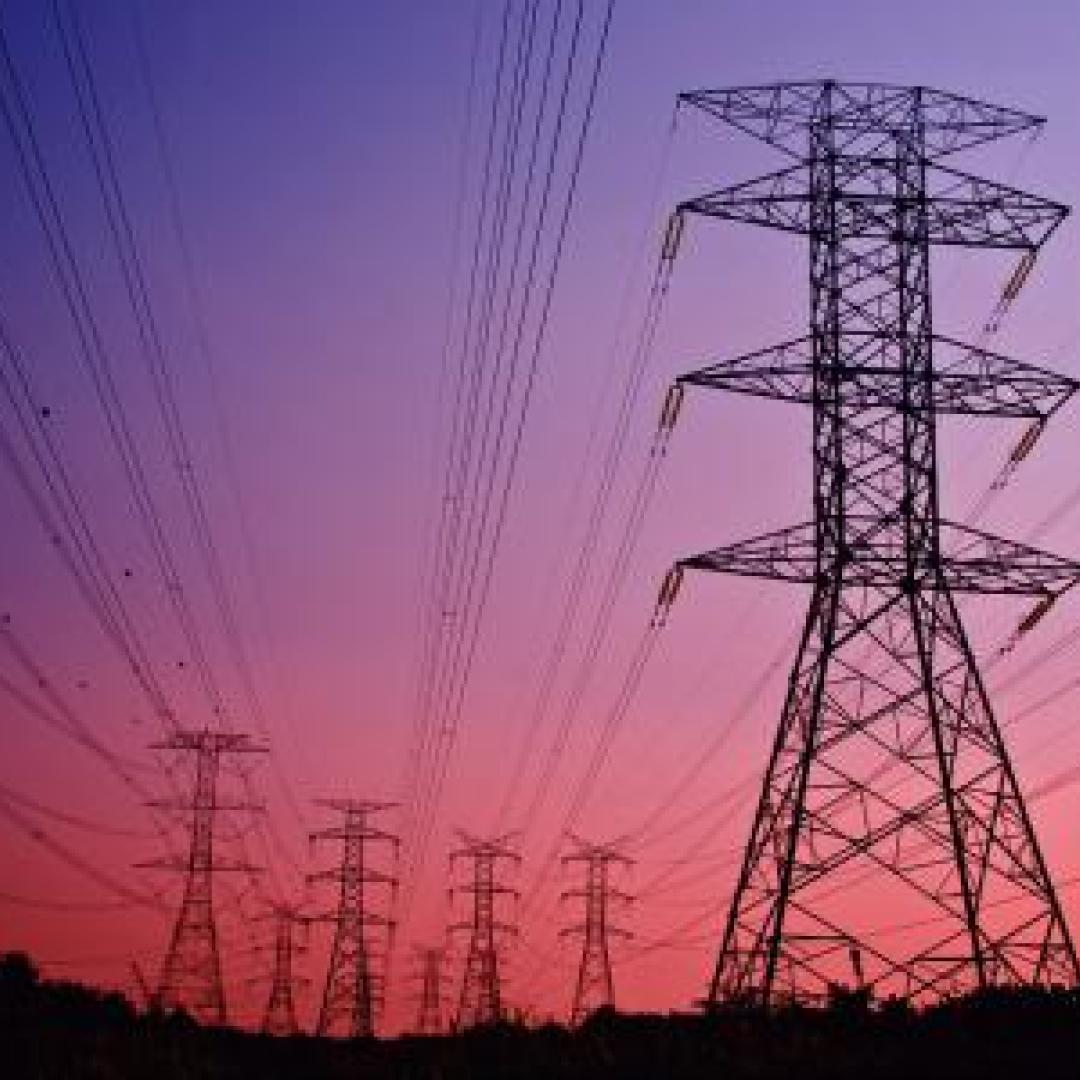Filter News
Area of Research
News Topics
- (-) Advanced Reactors (1)
- (-) Grid (4)
- (-) Summit (2)
- 3-D Printing/Advanced Manufacturing (7)
- Big Data (2)
- Buildings (4)
- Chemical Sciences (2)
- Clean Water (2)
- Climate Change (1)
- Composites (2)
- Computer Science (11)
- Critical Materials (2)
- Decarbonization (2)
- Energy Storage (7)
- Environment (7)
- Hydropower (1)
- Materials (2)
- Materials Science (3)
- Microscopy (1)
- Nanotechnology (2)
- Nuclear Energy (2)
- Polymers (2)
- Quantum Computing (3)
- Quantum Science (2)
- Simulation (1)
- Space Exploration (2)
- Sustainable Energy (4)
- Transportation (10)
Media Contacts

A new report published by ORNL assessed how advanced manufacturing and materials, such as 3D printing and novel component coatings, could offer solutions to modernize the existing fleet and design new approaches to hydropower.

ORNL researchers Ben Ollis and Max Ferrari will be in Adjuntas to join the March 18 festivities but also to hammer out more technical details of their contribution to the project: making the microgrids even more reliable.

When aging vehicle batteries lack the juice to power your car anymore, they may still hold energy. Yet it’s tough to find new uses for lithium-ion batteries with different makers, ages and sizes. A solution is urgently needed because battery recycling options are scarce.

Using Summit, the world’s most powerful supercomputer housed at Oak Ridge National Laboratory, a team led by Argonne National Laboratory ran three of the largest cosmological simulations known to date.

In a step toward advancing small modular nuclear reactor designs, scientists at Oak Ridge National Laboratory have run reactor simulations on ORNL supercomputer Summit with greater-than-expected computational efficiency.

Scientists at Oak Ridge National Laboratory have developed a low-cost, printed, flexible sensor that can wrap around power cables to precisely monitor electrical loads from household appliances to support grid operations.




